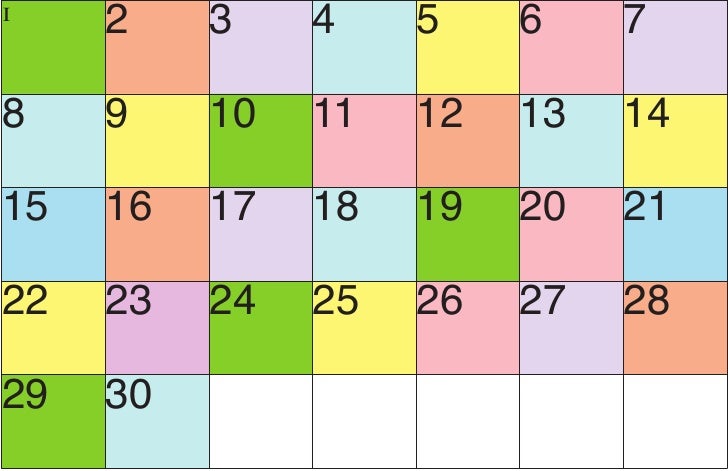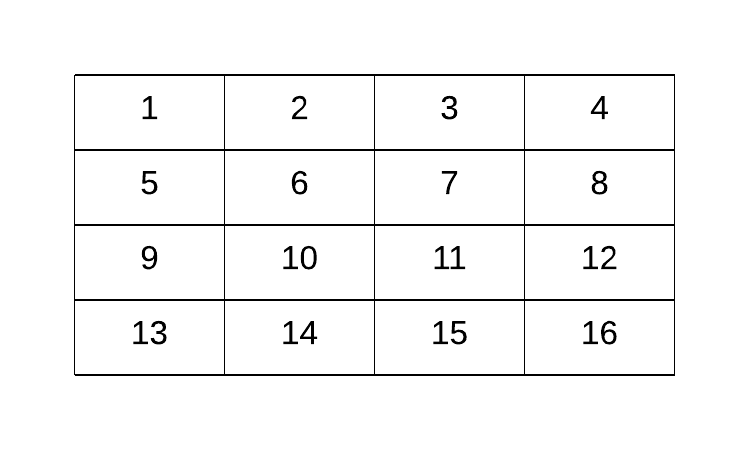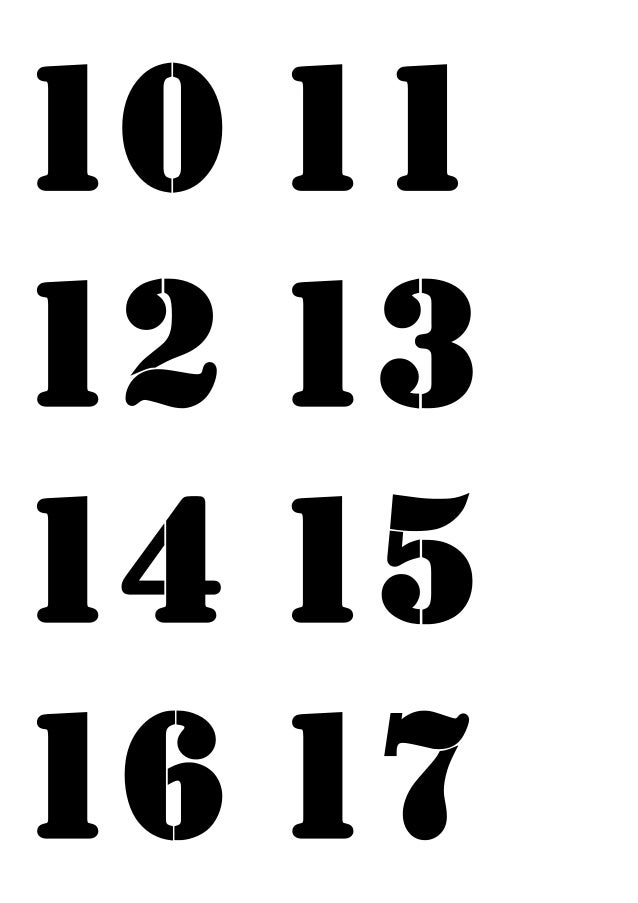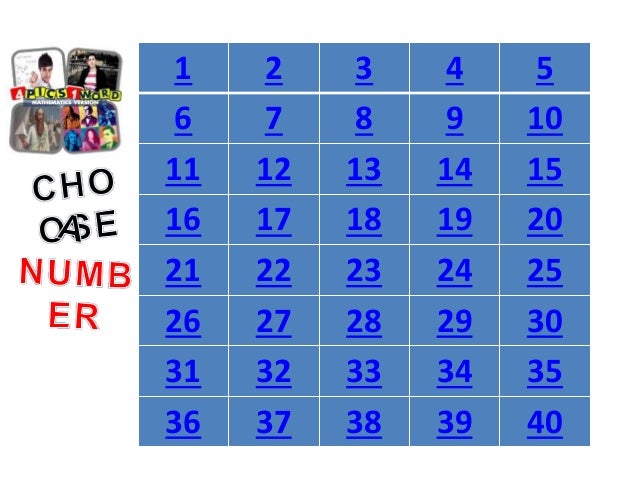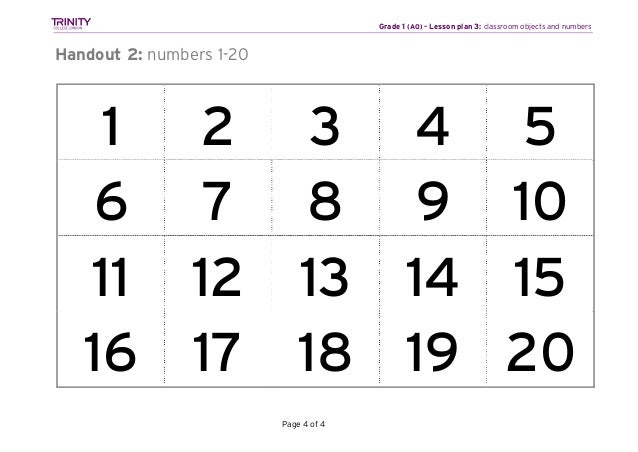1 2 3 4 5 6 7 8 9 10 11 12 13 14 15 16

He asked the class to add the numbers 1 to 100.
1 2 3 4 5 6 7 8 9 10 11 12 13 14 15 16. The next number is found by adding up the two numbers before it. The least common multiple is the first shared multiple of these three numbers. Multiply those two numbers. 5 11 55 memorized another example.
The fibonacci sequence is the series of numbers. 0 1 1 2 3 5 8 13 21 34. The errors are grammatical. 2 4 6 8 10 12.
There s a popular story that gauss mathematician extraordinaire had a lazy teacher the so called educator wanted to keep the kids busy so he could take a nap. The email came to me as follows. 0 1 3 6 2 7 13 20 12 21 11 22 10 23 9 24 8 25 43 62 subtract if possible otherwise add. Learn the divisibility rules for 2 3 4 5 6 8 9 10 and 12.
For n 0 a n a n 1 n if that number is positive and not already in the sequence otherwise a n a n 1 n whether or not that number is already in the sequence. Divide the even number by 2. The partial sums of the series 1 2 3 4 5 6 are 1 3 6 10 15 etc the nth partial sum is given by a simple formula. .
One is even which is it. Take the next higher number. Enjoy the videos and music you love upload original content and share it all with friends family and the world on youtube. Take the biggest number.
In the example above the denominators were 4 6 and 2. Find the error its impossible 1 2 3 4 5 6 7 8 9 10 11 12 13 14 15 16 17 18 19 20 error 1.
